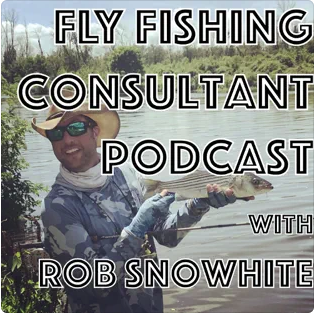Fish Sticks
Well-known member
Its not a like or dislike one trout species over another issue or preference. Its just that the brook trout could survive in a lot of these streams if the invasive ones weren’t there. People kind of have the perception that the water is hust to warm or dirty and alot of times the brook trout can actually survive worse water quality(AmD). So I try to communicate how the fisheries science field views some of these realities and misconceptions. I have been guilty of not chowing the right venue we will say for these discussions in the past at times, you got me. Its hard for me sometimes if i am in a forum for another reason and I see something that is factually incorrect and propagates the myth that native brook trout are too sensitive or fragile persist or improve. Theres alot about this topic anglers don’t understand but their still the biggest stakeholder and I just want to help as many people as possible understand what fisheries scientists understand. Its why I recorded this pod cast.

 nativefishcoalition.org
nativefishcoalition.org
Your still one of my favorites Kray and I think youd be suprised at how much I actually like to fish for brown trout here and even admire them. They have a native range where brook trout are taking over in some places and from a conservation standpoint id like those invasive brook trout not to be there. I just view the fishing we all like to do and conservation of our at risk native species as two separate things like church and state. Id like to see people be able to enjoy how they like to fish and have that opportunity without fishing stakeholders handcuffing fisheries science/conservation to a sport.

PA NFC Board Member James Suleski Talks Brook Trout with Rob Snowhite — Native Fish Coalition
Pennsylvania NFC board member Dr. James Suleski talks brook trout with Rob Snowhite on Fly Fishing Consultant podcast.…
Your still one of my favorites Kray and I think youd be suprised at how much I actually like to fish for brown trout here and even admire them. They have a native range where brook trout are taking over in some places and from a conservation standpoint id like those invasive brook trout not to be there. I just view the fishing we all like to do and conservation of our at risk native species as two separate things like church and state. Id like to see people be able to enjoy how they like to fish and have that opportunity without fishing stakeholders handcuffing fisheries science/conservation to a sport.



